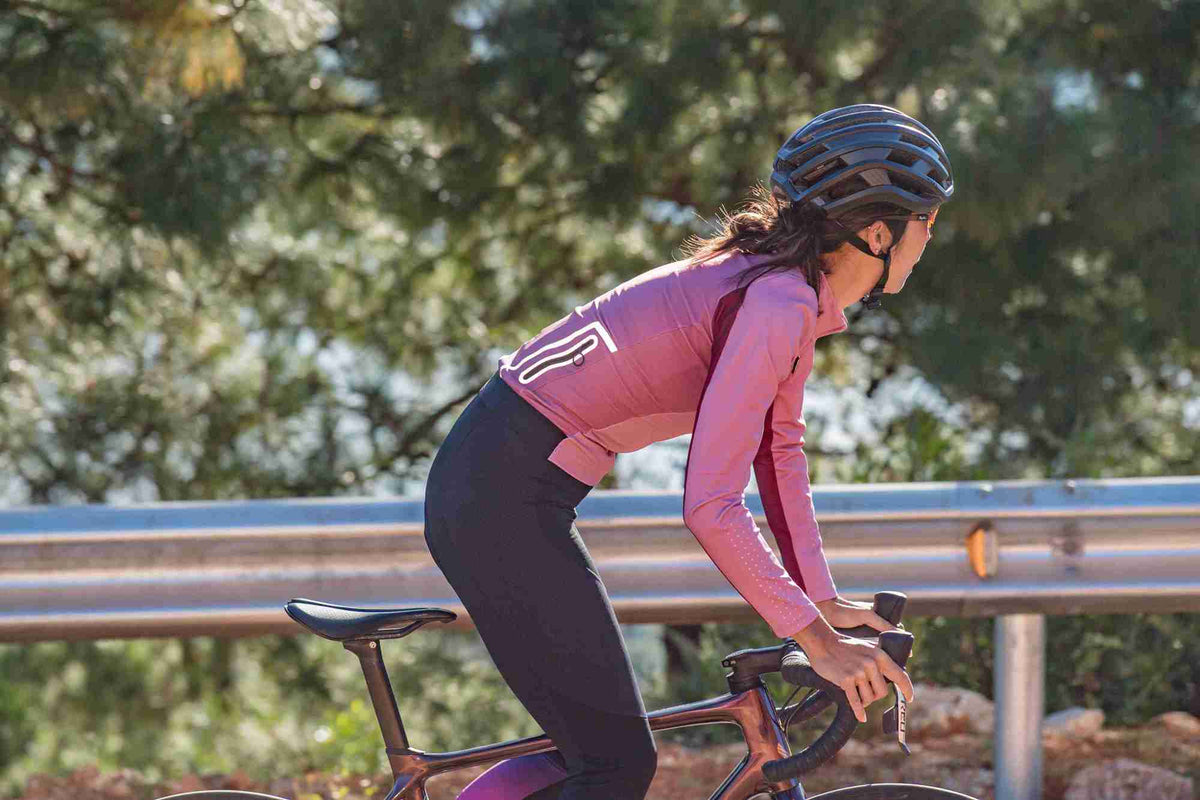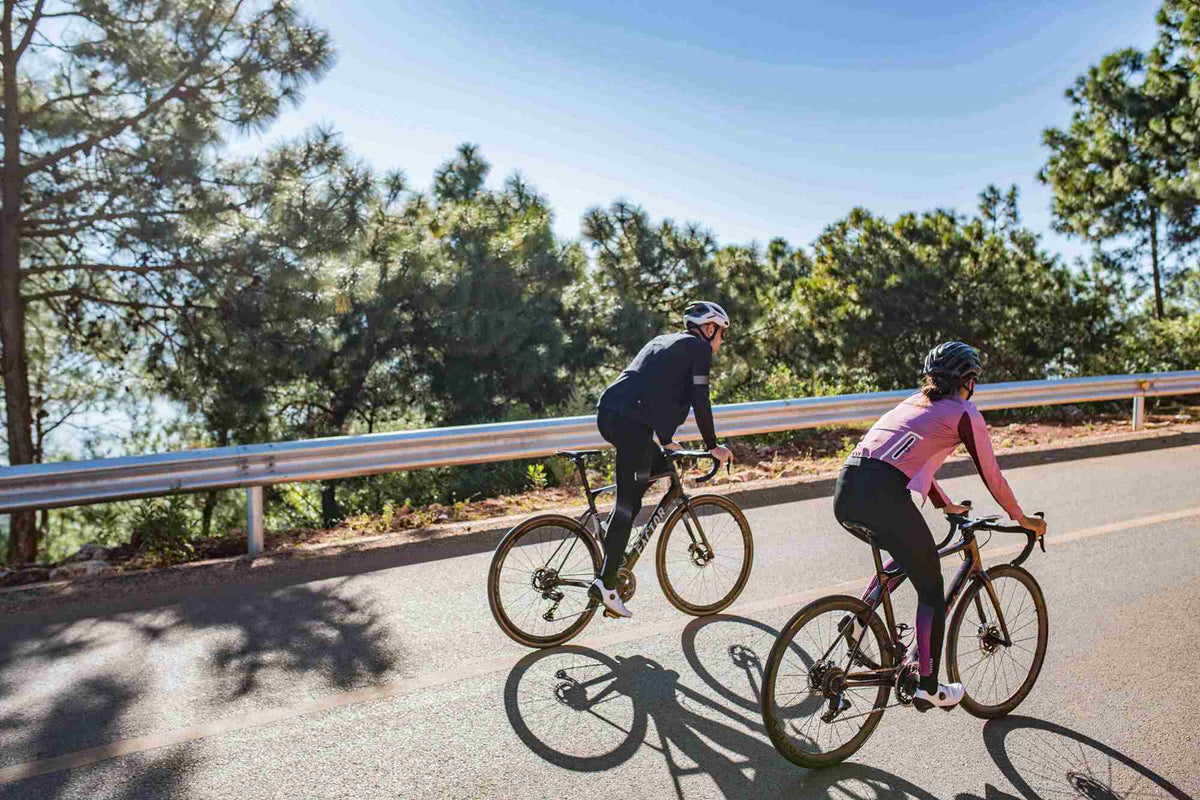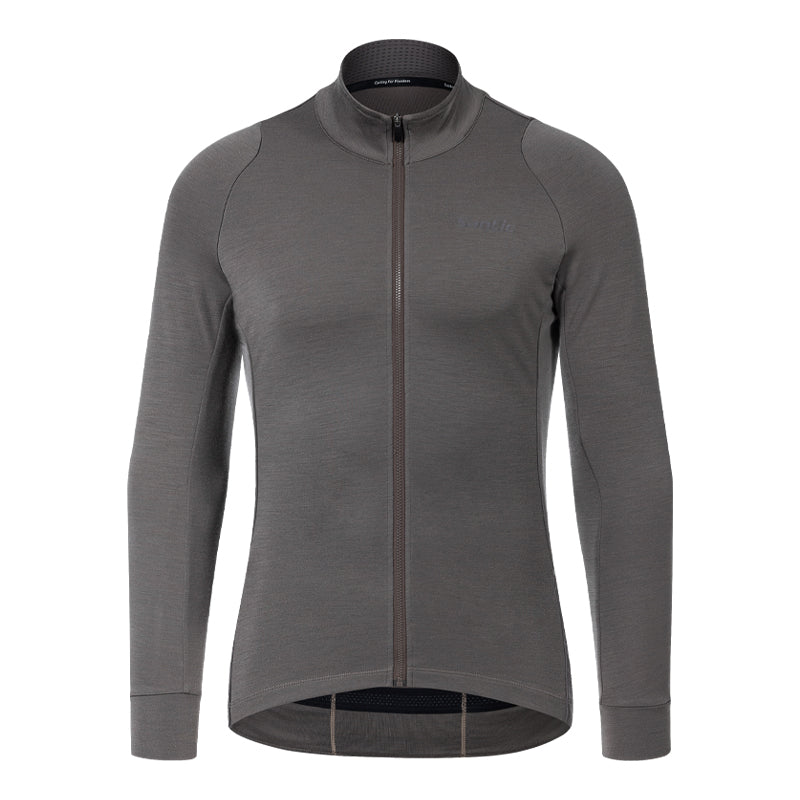11 Actionable Cycling Tips To Lose Weight
Bike riding is a great way to get good cardio exercise. It may help you enhance your heart and lung health, increase blood flow, enhance muscular strength, and reduce stress. Furthermore, it may aid in fat burning, calorie-burning, and weight loss. However, you need to know a few things for an efficient riding exercise if you want to reduce weight.
If you want to know how to lose weight by cycling, you’ve come to the right place. In this post, you'll learn about 11 weight-loss cycling techniques that you may put into practice right now. Continue reading to find out more!
Best actionable cycling tips for weight loss
1
Consider how much time you have for cycling
Determine how much time you can spend biking to lose weight. Make a firm commitment to riding throughout that period, no matter what.
Consider if commuting by bike is a viable option for you at least part of the time. It's an excellent approach since you'll be commuting anyhow. You will burn additional calories twice a day if you can commute by bike, even a few times a week (since once you arrive to work on a bike, you frequently have no option but to ride back home!)
2
Track your program
Keep yourself motivated by keeping track of your progress. Don't be discouraged if things don't change at the same pace; you're training your body to become more fit and efficient, and some weeks you'll notice a lot of improvement, while others you'll see a plateau - what matters is the overall trend.
If you're keeping track of your progress by weighing yourself or measuring your body fat percentage, do it once a week, preferably at the same time. If you use a route tracker, you'll be able to observe how your fitness improves as you continue training.
Clothes may also be used to assess your progress. Check back every couple of weeks to see how it fits you if you have a favorite item you wish to fit into or something you already wear.
3
Sleep more
According to studies, people who get six to eight hours of sleep a night are considerably more effective at losing weight and keeping it off, as well as being less anxious. However, people who don't get enough sleep at night are more likely to feel hungry and less likely to feel satisfied after eating.
A good night's sleep is also necessary for the body to heal and develop muscle after each day so that you are ready for the next. It may seem obvious, but getting a good night's sleep of about seven hours every night will offer you the most excellent chance of losing weight.

4
Ride with others
Is cycling a good way to lose weight? Indeed, cycling is one of the best ways to lose weight if you know how to do it. If you’re a beginner, it’s advisable to ride with other. Having a training buddy or two may assist on days when you're not feeling up to it. An experienced training partner can help you learn about the sport and offer you ideas and techniques to make your rides more pleasant. A committed training partner can assist with drafting, cornering, shifting, and learning to ride near others.
If you don't know anybody else who enjoys riding, join a local cycling club or ask your local bike store about cycling groups that fit your riding objectives.
5
Ride fasted in the morning
Riding fasted may increase your fat burn, whether it's for your morning commute or a leisurely ride before work. This is because your body uses glucose and glycogen reserves before turning to fat for fuel when you aren't fasting.
When you're fasting, your glycogen levels are low, and your body relies on fat to fuel your exercise. The ideal range for intermittent fasting is 12–16 hours, so if you want to work out at 8 a.m., you'll need to avoid all food and drinks except water starting at 9 p.m. the night before. To prevent bonking, fasted cycling is ideal for shorter sessions lasting less than 2 hours.
6
Hills
Some people are born climbers, and they like it when the route climbs uphill. The concept is straightforward: the steeper the gradient, the more difficult it becomes. Because we're pedaling against gravity, our bodies have to work harder. The steepness of the slope, the length of time you cycle, your pace, the gear you're using, wind resistance, and other variables all affect your calorie burn.
Weight loss is made possible by this. Whether it's a bumpy road over the flat on long rides or a hill repeat exercise, you must choose a challenging hill and repeatedly ride it (either go up, down, up again or find a short circuit where you can ride up and return to the top).

7
Indoor cycling
Remember that you don't have to bike outside to lose weight if you live in a harsh environment. Spin courses may be ideal for you in the winter, particularly if you value having someone to motivate and coach you.
However, keep in mind that they may be very fast-paced, so they may be too much for a novice. If you prefer the solitude of your own home, a simple but effective gadget may be used to convert your ordinary bike into an indoor trainer.
8
Try cross-training
Cross-training may be right for you if you don't enjoy being confined to one activity. By switching activities, you may add diversity to your exercises.
For example, you could ride your bike for a long outdoor ride one day and then go to the gym the next to do weight training.
The American Council on Exercise (ACE) recommends cycling at a moderately strenuous level for at least 30 minutes to reduce weight. You should bike for more extended periods to burn even more calories.
To speed up weight reduction, ACE recommends combining two exercises into one cross-training session. For instance, you might ride a bike for 20 to 30 minutes and then do something else for another 20 minutes.
9
Cycling diet
The finest cycling diet habits are shown here. Focus on fruits and lean protein
Fish, poultry, beans, and pulses are all excellent sources of lean protein. Along with them, eat plenty of fresh fruit and vegetables and select wholegrain or low-glycemic-index carbs like sweet potato, rolled oats, or rye bread.
Smoothies and juices are enticing, but you're usually better off eating the entire fruit since you'll receive nutritional fiber in addition to the sweet, sugary liquid.
Eat often and in little amounts. Eating modest portions of healthy food every three to four hours can help you maintain a steady metabolism, burn fat consistently, and keep your energy levels constant so you can get on your bike after a long day at work. A protein- and vegetable-rich meal will aid in your recovery after a ride.
Avoid sugary and processed food
Sugar and processed meals may provide a lot of energy, but they are frequently nutritionally deficient. Plus, whatever sugar you don't burn off right away will be stored as fat in your body, which is just what you're trying to avoid.
It's also a good idea to stay away from sugary sports energy gels and snacks. They're great for races and lengthy activities, but if you're trying to lose weight, you should have a well-balanced meal first and then supplement with something like a banana, almonds, or jerky.

10
Increase the intensity
It's unlikely that pedaling along at a moderate speed would help you lose weight. You'll make more significant progress toward your weight reduction target if you push yourself to work harder and increase the intensity of your ride.
The quicker you bike, the more calories you'll burn in general. Because your body expends more energy while cycling faster, this is the case. And the more calories you burn, the quicker you'll lose weight.
Cycling at a steady, moderate pace burns approximately 300 calories in 60 minutes, but you may burn much more if you raise the effort.
If you don't know anybody else who enjoys riding, join a local cycling club or ask your local bike store about cycling groups that fit your riding objectives.
As per a health report, a 155-pound individual may burn as much as 298 calories in half an hour bicycle ride if they cycle at a 12-13.9 mile-per-hour speed. Cycling at this speed burns 355 calories for someone weighing 185 pounds.
A 155-pound person may burn up to 372 calories in half an hour if they run at a higher speed of 14-15.9 miles per hour, while a 185-pound person can burn up to 444 calories in the same amount of time.
11
High-intensity interval training (HIIT)
If fat loss and weight loss are your goals, HIIT may be a fantastic method to push your body and, yes, even lose weight.
A HIIT workout requires short bursts of intense exercise followed by periods of reduced intensity.
A HIIT exercise using riding could look like this:
★ For 30 to 60 seconds, cycle as quickly as you can against strong resistance.
★After that, perform 2 to 3 minutes of low-resistance cycling.
★For the following 20 to 30 minutes, repeat this process.
HIIT training should only account for approximately 20% of your weekly workouts to prevent damage. The remaining 80% of your exercises should be lengthy and slow variety workouts.
This kind of exercise may help you burn more calories in less time, improve your cardiovascular fitness, and reduce weight.
According to research, both HIIT and sustained moderate exercise may help you lose weight. On the other hand, HIIT results in a 28.5 percent higher decrease in fat mass compared to constant, moderate activity.
The advantages don't end there. Your metabolism stays active even after you stop cycling and your exercise is over. This implies that even after your exercise is over and you’ve rested, your body continues to burn calories at a faster rate.
Related Article
【Benefits of Daily Cycling】
https://santic.com/blogs/extra/benefits-of-daily-cycling
【Health Benefits of Cycling】
https://santic.com/blogs/extra/health-benefits-of-cycling
【Indoor Cycling Benefits】
https://santic.com/blogs/extra/indoor-cycling-benefits



